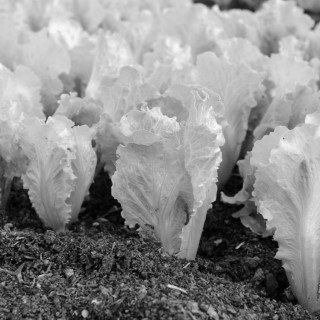
India - Genetically Modified Organisms and Products in India: History of Regulation, Promotion, and Issues
India
Oct 18, 2024

Following the discovery of non-sexual transfer of genetic material to an organism to add or change one or more of its genetic trait/s by Herbert Boyer and Stanley Cohen in 1973, concerns were raised by various groups about the safety from the use of such organisms, technologies, and products made therefrom. These organisms were named as recombinant DNA organisms, and products made therefrom as recombinant products. Subsequently, in an international conference by the name Asilomar Conference, held in February 1975 in California, USA, the pros and cons of the new technology were discussed globally by scientists and global opinion makers, and recommendations were made for its use on a precautionary principle basis. Every country, thereafter, came out with regulations while using the new technology. Indian rules and regulations were made, starting 1986, and over a period of 27 years up to the end of December 2023 many developments and progress have taken place. The article is a comprehensive review on how developments took place in India, and over time how the rules and regulations for the safe use of genetically modified organisms and products made therefrom, had evolved, and were implemented in the country. Several arms of the Indian government are involved in the issues. Besides the role of the Ministry of Environment and Forests & Climate Change (MOEF&CC), the role of the Department of Biotechnology (DBT) of the Ministry of Science and Technology, the Ministry of Agriculture (MOA) and its designated agencies, Ministry of Health, and Family Welfare (MOH& FW) and Food Safety and Standards Authority of India (FSSA), and Ministry of Consumer Affairs (MCA) in GMOs has also been discussed. The promotional role of RCGM of DBT has also been highlighted. Complexities about issues of labeling of GM foods in India have been underscored. Some factors requiring closer attention for speeding up new inventions in GMOs in India have been identified.
Author(s): Ghosh, P.K
Published in: Springer











